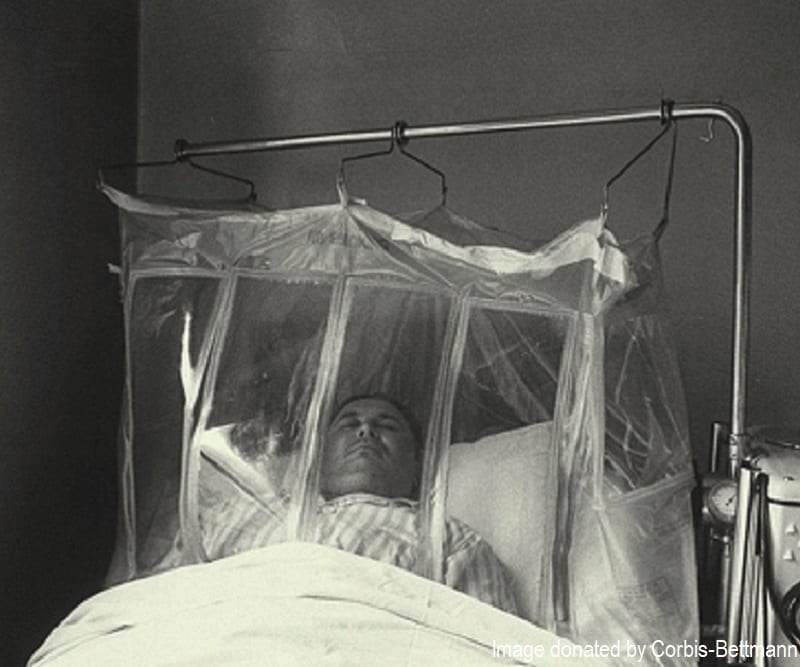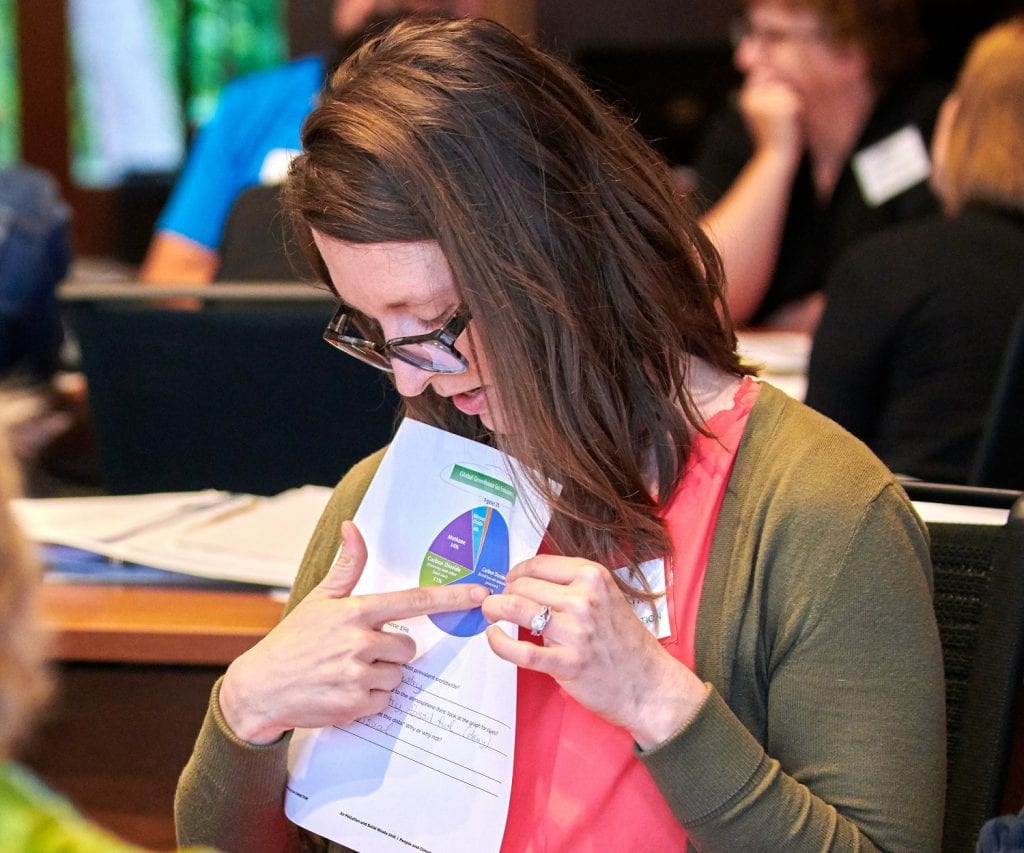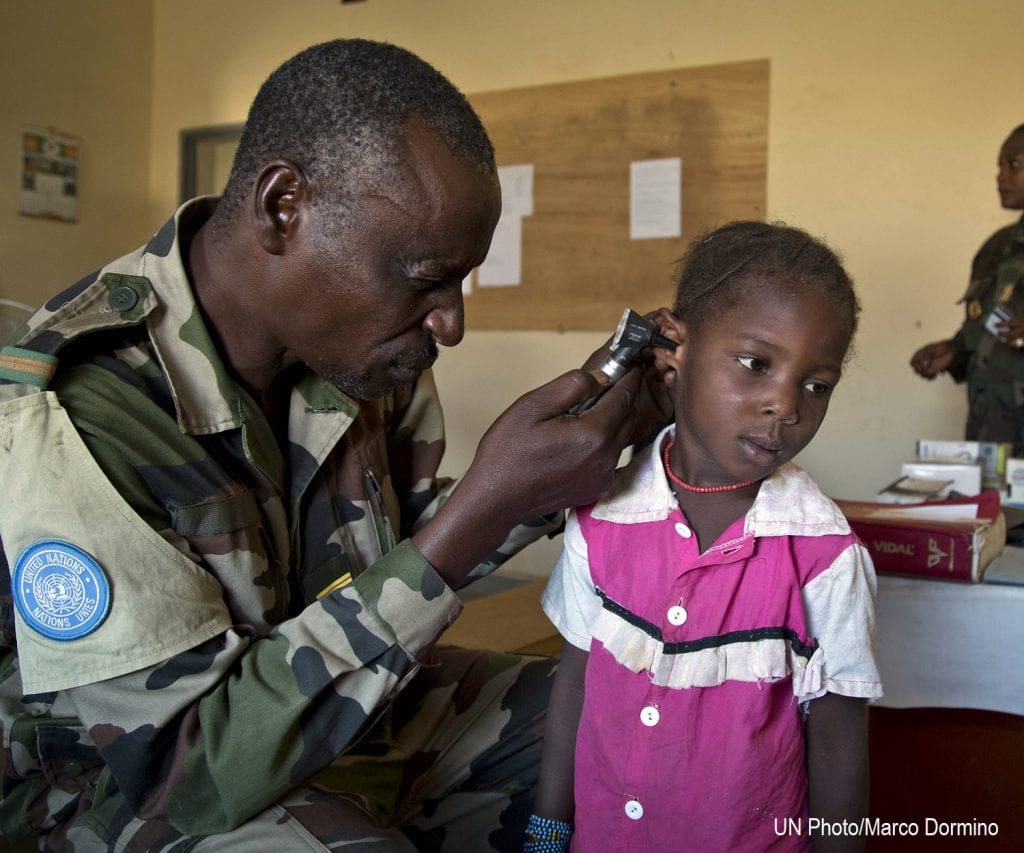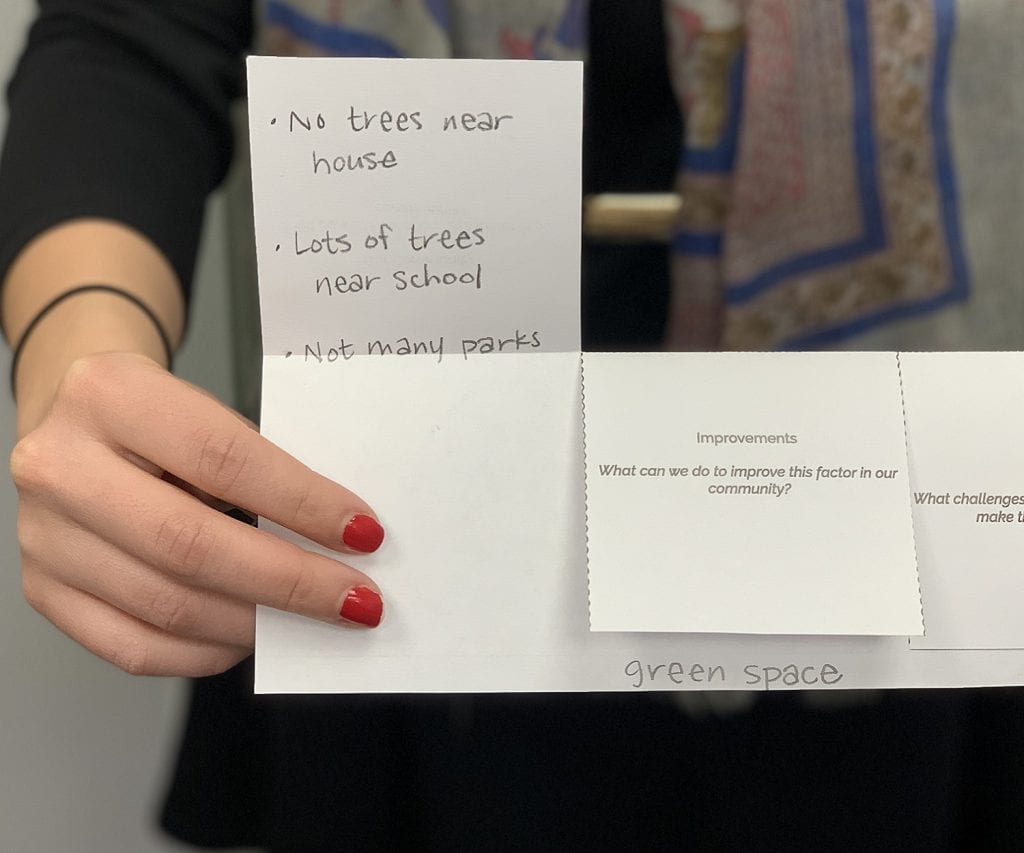Resource Overview
Written and scaffolded for ELL, students interpret photos, along with historical accounts and online research, to deduce what human activities contribute to air pollution and suggest possible solutions.
Students will be able to:
- Identify specific causes of air pollution.
- Explain cause-and-effect relationships between air pollution and its impacts on human health.
- Consider solutions to reduce human impacts on air quality.
- Verbally respond to comprehension questions while listening to a short story read out loud.
- Write sentences describing historical photographs.
- Use vocabulary describing air pollution in context.

Features of This Resource
- TESOL lesson plan, includes a greater focus on practicing English-language speaking, writing, listening and reading
- Scaffolded for L2, L3 and L4 levels of language proficiency
- Lesson plan includes story of the Donora Death Smog
- Student integrate visual information with textual information
- Focus on solutions – students consider how to reduce human impact on air quality
How Do I Get This Lesson Plan?
The resource is free. Click the green button for immediate download. Download Now
Other Resources You Might Like:

Students interpret various forms of data (graphic, written, and visual) and identify relationships between factors of climate change.

Through playing a board game, students are presented with various health-related scenarios that can hurt or help child health and... Read more »

Students develop an index of factors most important to a sustainable community and develop models for measuring those factors.
Nice to meet you!
Tell us a bit about yourself so we can continue creating resources that meet your needs.
You’ll only need to fill out this form once. If you’ve already completed the form, you can confirm your email here.


